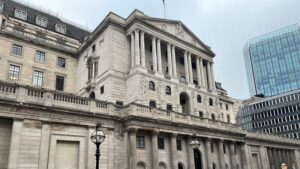With both bond and equity markets facing major challenges, investors are increasingly seeking out strategies that are not tied so tightly to the performance of the broader equity and fixed income markets. This trend has been picked up over several years by the Morningstar and Barron’s Alternative Investment Survey of U.S. Institutions and Financial Advisors, the 2014-15 edition of which was recently released.
Reporting the views of nearly 400 investors, it found that 63% of advisors believe they will allocate more than one-tenth of client portfolios to alternatives over the next five years, compared with just 39% in the same survey for 2013.
But more interestingly, over several years the same survey has been showing continued growth in alternatives wrapped in more accessible registered fund structures that offer daily liquidity, as opposed to the more traditional, and exclusive, private funds. Assets in U.S. registered alternative funds have risen from less than $50 billion under management in 2008 to well over $300 billion as of mid-2015. While growth has slowed from what Morningstar and Barron’s described as the “eye-popping” rates of 2013, money is still flooding into “multi-alternative” and managed futures retail products, in particular, with many new funds having been launched to meet demand. Moreover, the trend is spreading outside the U.S.: Strategic Insight’s SIMFUND database reveals a similar trajectory, showing the number of liquid alternative European UCITS and U.S. ’40 Act mutual fund products tripling to well over 1,500 since 2008.
Structures, Not Just Strategies
Clearly, the latest developments in alternative investing are as much about investment structures as investment strategies. The survey report notes, for instance, that strong positive flows into multi-alternative regulated funds coincide with dwindling traditional fund-of-hedge-fund assets.







